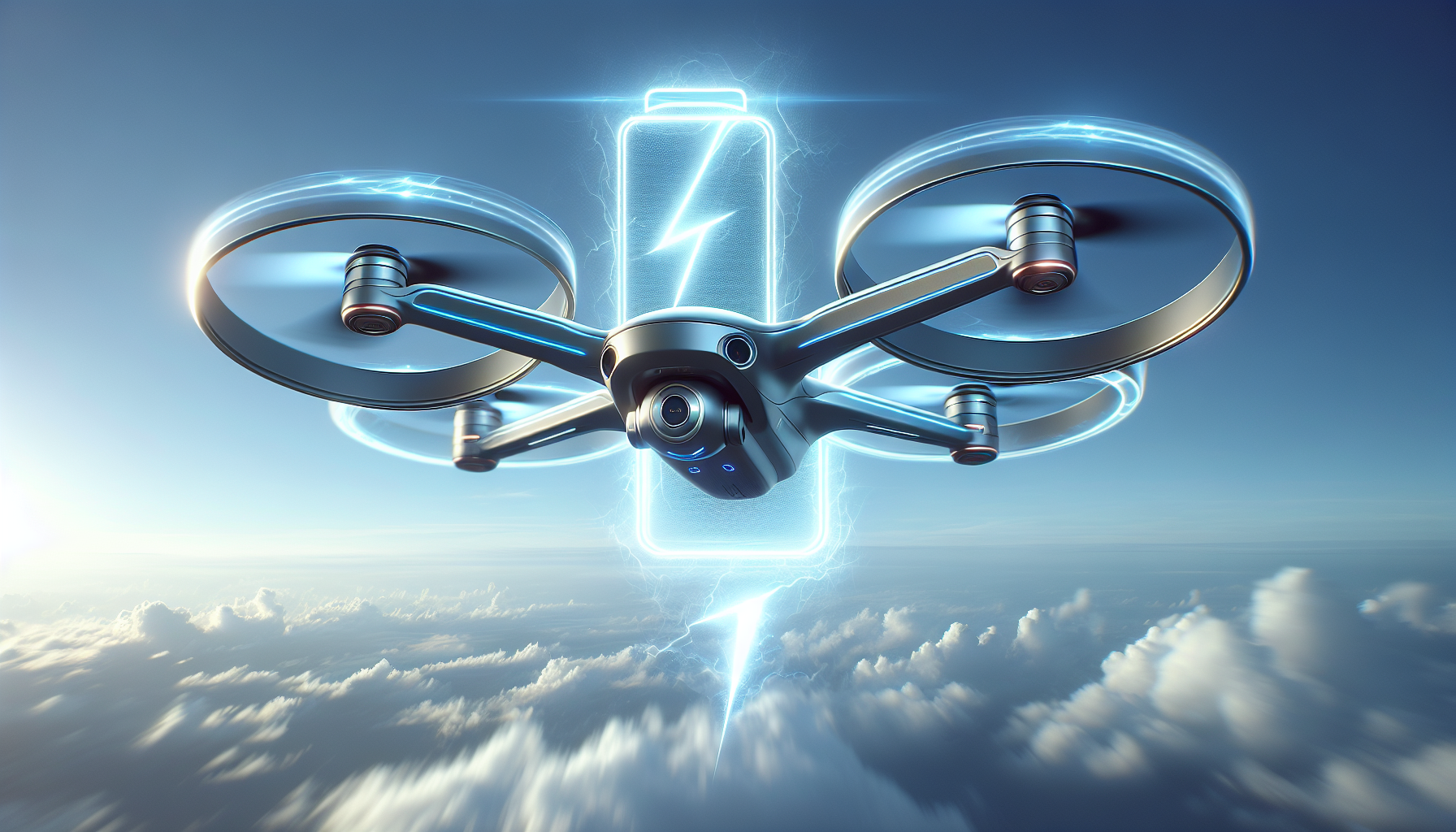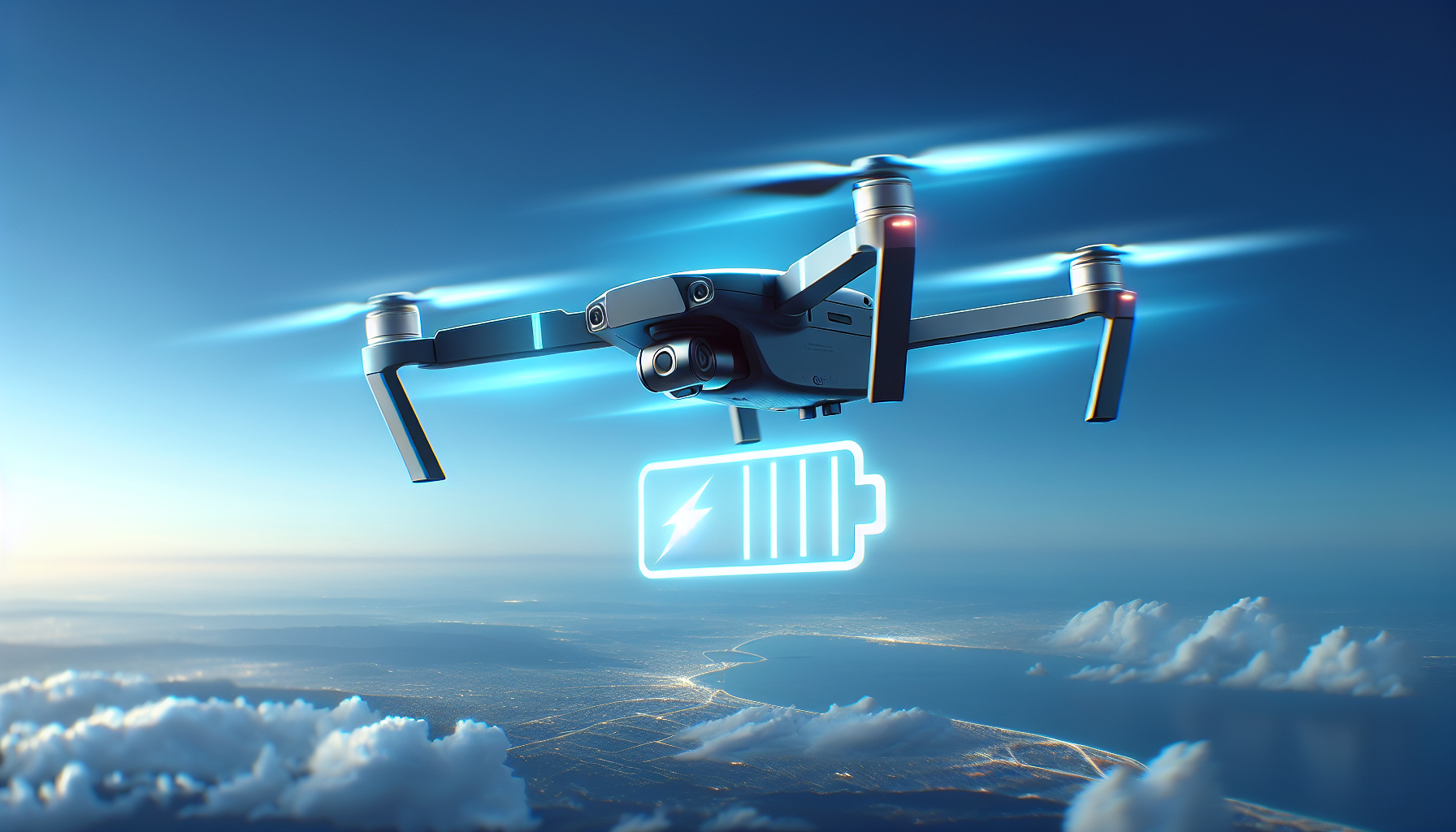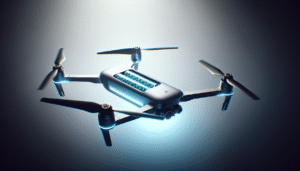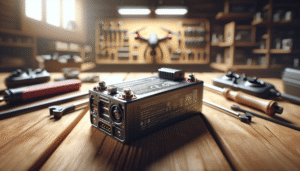Staring longingly at your drone as it lands, its battery depleted, can leave you wishing it could stay in the sky a bit longer. If so, you’re not alone. As drones become as common as our morning coffee, extending their flight time is a priority for many. What if I told you that improving flight duration isn’t solely about physical upgrades? By developing smart charging habits, you can significantly increase your drone’s airtime and enhance your overall experience.

Understanding Your Drone’s Battery
Before diving into the nuances of charging, let’s take a moment to understand what powers your drone. Most drones use lithium polymer (LiPo) batteries, known for being lightweight with an excellent energy-to-weight ratio. This doesn’t mean you need to become a chemist, but knowing a bit about how these batteries work can help you make more informed decisions.
A Quick Overview of LiPo Batteries
LiPo batteries are popular in the world of drones due to their high capacity and lightweight nature. However, they are also temperamental and require thorough care. These batteries typically consist of one or more cells, each with a nominal voltage of 3.7 volts. A standard drone battery might have three cells, adding up to a total of 11.1 volts.
Understanding how these cells work—and the voltage of your battery—can help you monitor battery health better. Regularly checking your drone’s battery voltage and ensuring it does not drop below recommended levels is a crucial step in extending battery life.
Problematic Charging Habits to Avoid
Now, onto the habits. Like our morning routines where some habits might save time while others do nothing but delay breakfast, some charging practices might harm your drone more than help it.
Overcharging and Its Dangers
It might be tempting to leave your drone charging overnight thinking, “What’s the worst that could happen?” However, overcharging LiPo batteries can reduce their lifespan drastically. In some extreme cases, it may even lead to battery swelling or, worse, a fire hazard. Ensure you unplug the charger once it’s fully charged or invest in a charger that automatically cuts off the power supply.
Frequent Deep Discharges
Although it might be fun to continue flying until the drone is practically falling from the sky, please resist that urge. Allowing your battery to drain completely or even down close to its cut-off voltage before recharging can seriously damage it. The deeper the discharge, the less life your battery has.

Smart Charging Habits
Now, onto the part we’ve all been waiting for: the smart charging strategies that can help you fly longer and with greater peace of mind.
1. Use a Quality Charger
Investing in a quality charger that’s compatible with your battery should be at the top of your list. A reliable charger will not just prevent overcharging but also provide appropriate current and voltage levels necessary for LiPo batteries. Some models even offer features like balancing each cell to extend battery life.
Benefits of Balancing Chargers
Balancing chargers ensure each cell in your battery receives the same level of charge. This practice eliminates the chances of one cell working harder than the others, essentially spreading the workload evenly and preserving battery health. Over time, balanced charging helps to maintain the capacity and performance of your battery, prolonging its life dramatically.
2. Charge at Room Temperature
It’s not always convenient, but charging your drone batteries at room temperature makes a big difference. Extreme temperatures can drastically affect both the charging efficiency and lifespan of a LiPo battery. Cold can cause decreased power capacity, while heat can lead to swelling. Aim to charge your batteries in an environment that’s around 20-25°C (68-77°F).
3. Partial Charging for Storage
If you’re putting your drone away for an extended period, don’t store the batteries fully charged. Instead, aim for a storage voltage of around 3.8 volts per cell, which usually equates to around 50% charge. This practice helps maintain battery health and ensures you aren’t met with a dead battery when you’re ready to fly again.
Charging Table for Storage
| Condition | Voltage per Cell | Approximate Charge Level |
|---|---|---|
| Fully Charged | 4.2 volts | 100% |
| Storage | 3.8 volts | 50% |
| Fully Discharged | 3.0 volts | 0% |
4. Let it Cool Before Charging
Imagine coming back from a run and drinking a glass of ice water. As refreshing as it sounds, it’ll definitely shock your system, right? Your drone’s battery feels the same way. After a flight, the battery is often warm, and charging it immediately can cause stress. Let it cool down to room temperature before connecting it to the charger.
5. Avoid Hot Swapping
The term “hot swapping” might sound like the latest tech buzzword, but here, it refers to changing batteries without allowing much cooling downtime between flights. It’s tempting, especially when you’re in a great aerial groove, but this habit is detrimental. Let each battery rest before using it again to ensure longevity.
6. Regularly Monitor Battery Health
Having intelligent charging habits isn’t just about what you do before you charge—it’s also about understanding your battery’s condition. Frequently check for signs of wear and tear, such as swelling or slow charge times, and replace batteries when necessary. Some chargers even offer diagnostic functions to help you make educated decisions.
7. Fly Smartly
Flying your drone wisely is as crucial as having good charging habits. Avoid rapid acceleration and excessive maneuvering, which demand more power and drain the battery faster. Try to maintain steady flights in calm conditions whenever possible.
Summing Up: Extend Your Drone’s Lifespan One Charge at a Time
Developing smart charging habits is akin to nurturing a plant. It requires some attention and doesn’t yield immediate results, but over time, the benefits blossom. Through these careful and calculated actions, you can help ensure your drone spends less time on the ground and more time capturing the beauty of the skies.
With a bit of patience and practice, anyone can incorporate these smart habits into their drone routine. Whether you’re a casual flyer or an aspiring drone cinematographer, these approaches can help you maximize the rippling joy of drone piloting.
So, next time your drone lands and you sigh, wishing for just a bit more time in the air, remember: smart charging goes a long way. With these strategies in your back pocket, your drone will thank you with longer flights and better performance.


